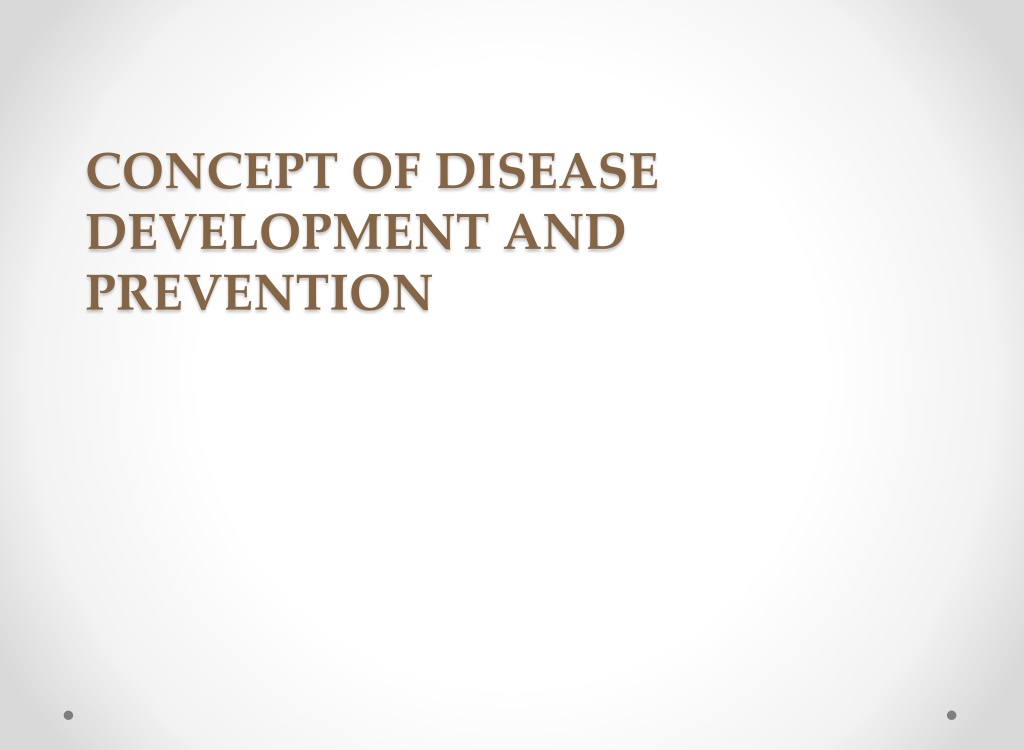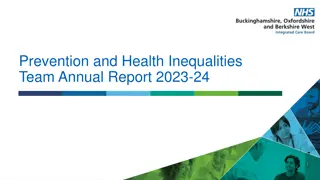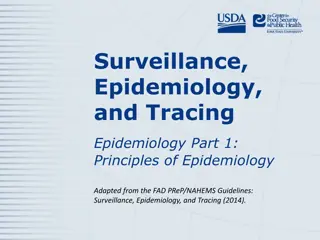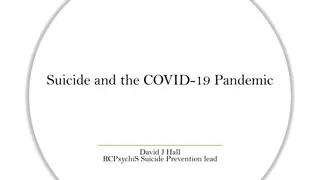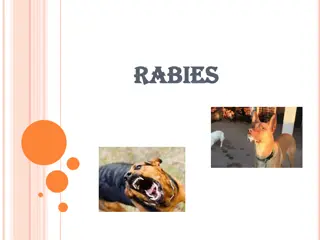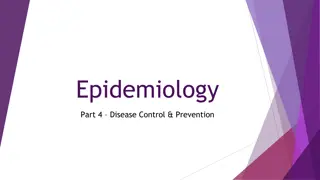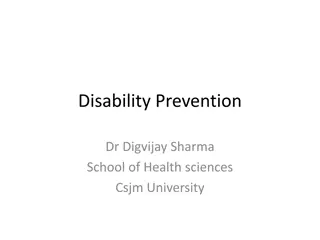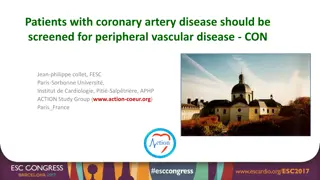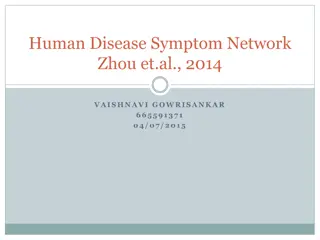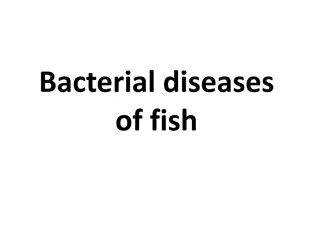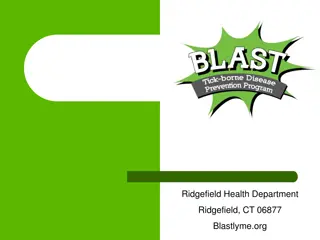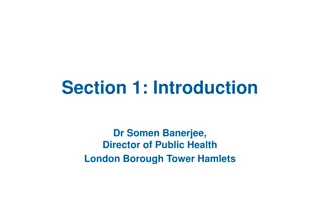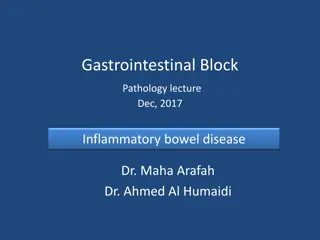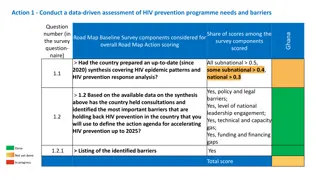Disease Development and Prevention
Explore the theories of disease development, the concept of the iceberg phenomenon, and the significance of prevention, control, elimination, and eradication in managing diseases. Learn about historical and modern theories, including the germ theory, epidemiologic triad, and the web causation model. Delve into the epidemiologic wheel and its applications in understanding diseases like diabetes mellitus and malaria.
Download Presentation

Please find below an Image/Link to download the presentation.
The content on the website is provided AS IS for your information and personal use only. It may not be sold, licensed, or shared on other websites without obtaining consent from the author.If you encounter any issues during the download, it is possible that the publisher has removed the file from their server.
You are allowed to download the files provided on this website for personal or commercial use, subject to the condition that they are used lawfully. All files are the property of their respective owners.
The content on the website is provided AS IS for your information and personal use only. It may not be sold, licensed, or shared on other websites without obtaining consent from the author.
E N D
Presentation Transcript
CONCEPT OF DISEASE DEVELOPMENT AND PREVENTION
LEARNING OBJECTIVES Describe four theories postulated for the development of diseases Explain the concept of iceberg phenomenon in diseases Define the terms prevention, control, elimination and eradication Identify the level of prevention in relation to stage of disease development Identify the measures applied at each level of prevention
DEVELOPMENT OF DISEASES ? DISEASE
PRIMITIVE AND MIDDLE AGE THEORIES Supernatural cause Evil spirits Punishment Gods Contagion theory Contact with the sick Miasma Bad air/poisonous
GERM THEORY + = DISEASE
EPIDEMIOLOGIC TRIAD Micro-organisms, chemicals and physical factors
EPIDEMIOLOGIC TRIAD Urbanization Climate/rainfall Altitude Overcrowding Bad ventilation Indoor air pollution Health services Age Sex Ethnicity SES Life style Malnutrition Hygiene Number Virulence Resistance
EPIDEMIOLOGIC WHEEL Life style & living conditions Organisms & disease vector Climate, seasonality & climate
EPIDEMIOLOGIC WHEEL POSTULATED MODEL DIABETES MELLITUS
EPIDEMIOLOGIC WHEEL PHENYLKETONURIA MALARIA
ICEBERG PHENOMENON Severity Reported cases Only severe incidents are identified Incidence Un-reported incidents Prevalence pool
PREVENTION Averting a disease or ill-health before its occurrence Control of Communicable Diseases in Men, 2013
PREVENTION Actions aiming at eradicating, eliminating, or minimizing the impact of disease and disability, or if none of these is feasible, retarding the progress of disease and disability. The concept of prevention is best defined in the context of levels of prevention; primary, secondary, and tertiary prevention. Oxford Dictionary, 2008
LEVELS OF PREVENTION Primordial Prevention Primary Prevention Secondary Prevention Tertiary Prevention
NATURAL HISTORY OF DISEASE AND LEVELS OF PREVENTION
NATURAL HISTORY OF DISEASE AND LEVELS OF PREVENTION Stage of Subclinical Disease Stage of Clinical Disease Early Advanced Termination Stage of Susceptibility Positive health Onset of Symptoms Pathological Change Time of Diagnosis Health promotion Specific protection Early detection and treatment Disability limitation Rehabilitation Secondary prevention aims at reducing severity Primary prevention aims at reducing occurrence Tertiary prevention aims at reducing disability and mortality Levels of prevention
LEVELS OF PREVENTION Primordial Prevention Primary Prevention Policies & legislations to address behavior of the population and environment Health promotion & specific protection Secondary Prevention Tertiary Prevention Screening & mass treatment Disability limitation & rehabilitation
PRIMARY PREVENTION SPECIFIC PROMOTION HEALTH PROMOTION Immunization Chemoprophylaxis Specific micronutrient Protection from unintentional injuries Protection from environmental hazards Health education Nutrition intervention Sanitation of the environment Life style modification
DISABILITY LIMITATION & REHABILITATION Disability limitation ======= Prevent progress Rehabilitation =========== attain highest level of functional abilities Medical rehabilitation Vocational rehabilitation Social rehabilitation Psychological rehabilitation
